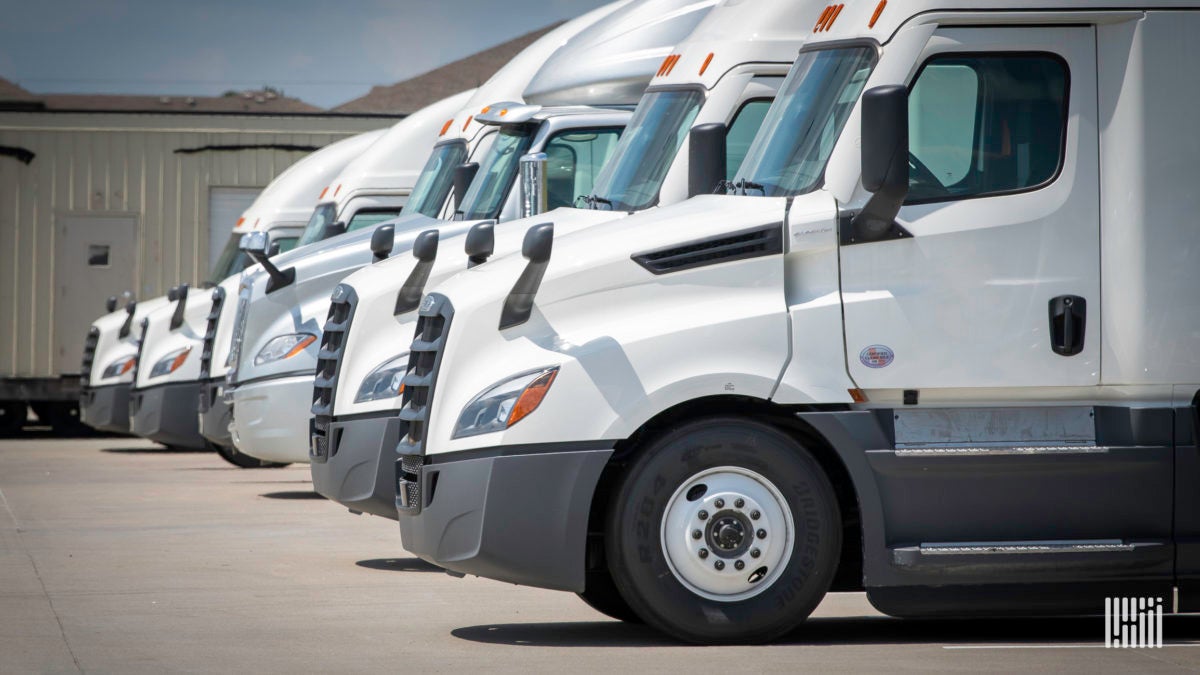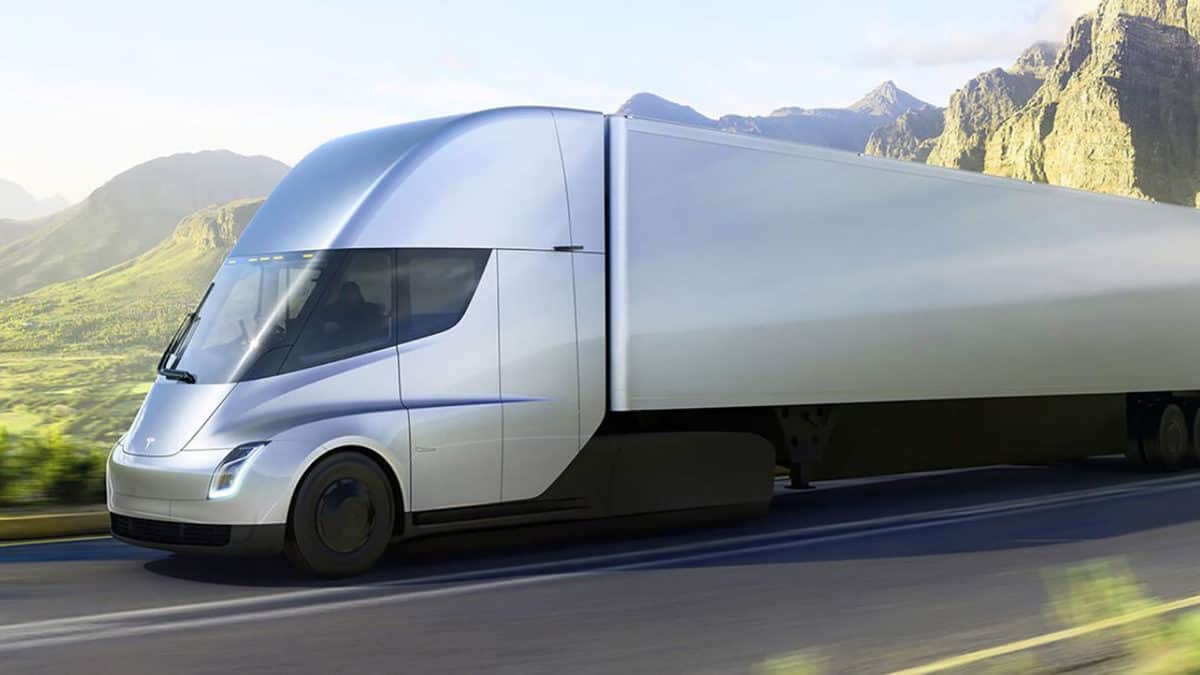Freight News:
Why the Tesla Semi isn’t yet ready for commercial prime time
Elon Musk has delivered on a promise he made in 2017 to bring a commercial electric vehicle (EV) semi truck to market.
On Thursday night in Nevada, Tesla officially handed over its first EV semi-trailer truck to PepsiCo.
“If you’re a truck driver and you want the most bad-ass rig on the road, this is it,” said Musk, who drove into the event in one of the trucks.
— Tesla (@Tesla) December 2, 2022
If any brand can capture the attention of the world on the trucking industry, it is Tesla. Its effort to create a sexy new truck with modern technology should be commended. It’s exciting to see new technology in the trucking space.
But we are far away from seeing substantial commercial uptake for various reasons, most of which go beyond the truck itself.
Large truck fleets likely won’t trust the Tesla Semi
A lot of the folks bullish on the Tesla Semi — or any new OEM to trucking — are not familiar with how fleets buy trucks.
Fleets prioritize reliability and total cost of ownership above all, and until they have a few years of experience with a new truck, they will only order a few.
Even if the Tesla Semi proves to be reliable and cost-efficient, the process for ramping orders will take years. It’s not only a new model truck but it requires an entirely different operational/maintenance model.

Trucking fleets cannot afford to have a truck go out of service for long periods of time. They require a rapid-response maintenance network that can address issues anytime day or night, which means having trained mechanics.
This network does not yet exist in the Class 8 world of EVs and I haven’t seen any effort made to fill this gap. Plus, there is already a shortage of trained mechanics for diesel trucks, supported by thousands of schools that train students for careers in diesel mechanics.
Additionally, the service network needs to have an inventory of parts available at various maintenance facilities across the fleet’s network for rapid response.
And what would happen if a Semi broke down in a remote location? Would it have to be towed to a Semi service center in another state?
Even if these issues get addressed, fleets will want to run a small pilot fleet through a replacement cycle — three to four years. This will allow them to gather data on the operational costs and reliability.
Fleets will also want to understand residual values at the end of ownership. There is no data yet, so the order numbers per fleet will be small.

Safety remains a risk
The other factor no one is talking about is safety and how a fleet performs in an inevitable accident. Fleets are subject to massive lawsuits for accidents that can cost millions. There are even cases of lawsuit awards and settlements going for $50 million to $100 million.
While the Semi could prove to be safer than a traditional diesel truck, no one knows. Until we have data, the insurance companies and fleets will assume the worst.
The other risk that fleets must evaluate is the reliability of electrical grids for charging stations. The worst outcome for a fleet is the grid going out due to power capacity. I’m looking at you, California.
Not having power to charge your EV fleet could mean losing customers and drivers to diesel-powered fleets. The trucking industry operates on such small margins and it costs approximately $500 per day for a truck being out of commission.
Expect miniscule fleet orders … for now
Over time these issues may be addressed and the Semi may prove to be massively successful. But until fleets get experience with the Semi, expect individual fleet order numbers to be very small and inconsequential.
Tesla has an order backlog for the Cybertruck. Why not focus on a market in which the company has infrastructure to support demand and deployment?
If demand doesn’t surge out of the gate, will Tesla continue to build and support it? How will Tesla give fleets confidence in its long-term commitment to the industry?
The post Why the Tesla Semi isn’t yet ready for commercial prime time appeared first on FreightWaves.
Source: freightwaves - Why the Tesla Semi isn’t yet ready for commercial prime time
Editor: Craig Fuller, CEO at FreightWaves